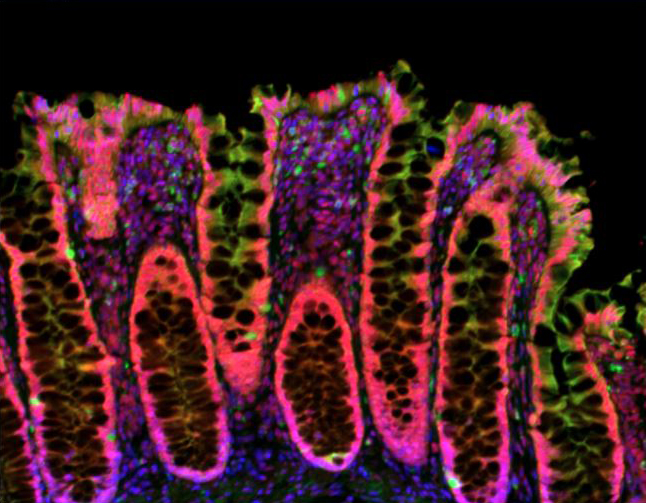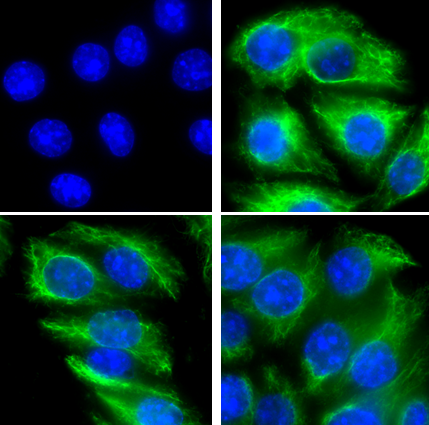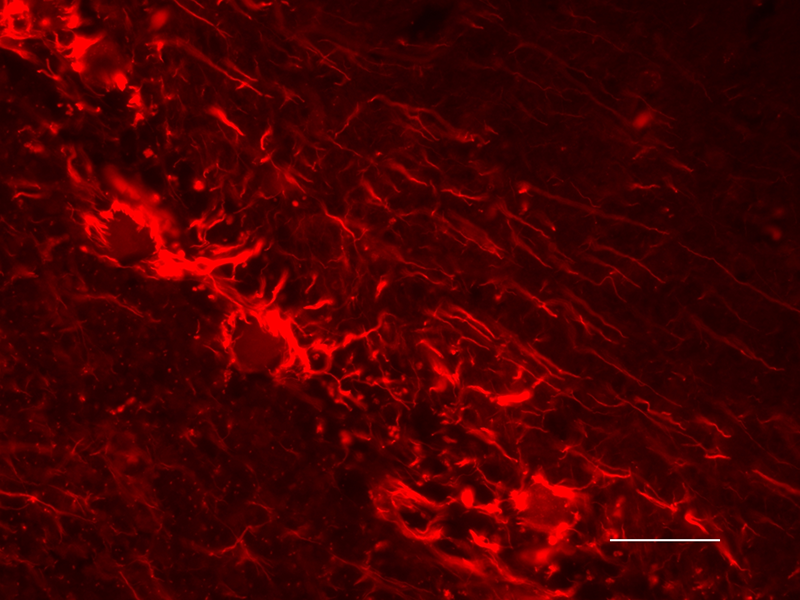Intermediate Filaments
Intermediate filaments (IFs) are structural components of the cytoskeleton that make up polymers with an average diameter of 10 nm. IFs are categorized into six different types (I-VI). Most IFs are cytosolic except type V nuclear lamins which are localized to the nucleus. IFs provide mechanical support, help maintain cellular shape and rigidity, and anchor organelles, such as the nucleus and desmosomes, in place. Type V IFs are involved in the formation of the nuclear lamina, a meshwork composed of lamins and lamin-associated proteins. It lines the inner nuclear membrane and helps govern the shape and organization of the nucleus.
The expression and composition of intermediate filaments can be species- and tissue-dependent in vertebrates. The table below summarizes type I to VI IFs:
|
Type I: Acidic keratins |
Type IV: Neurofilaments |
|
Type II: Basic keratins |
Type V: Lamins |
|
Type VI: Nestin |
Page contents
 Login / Register
Login / Register 










Follow Us